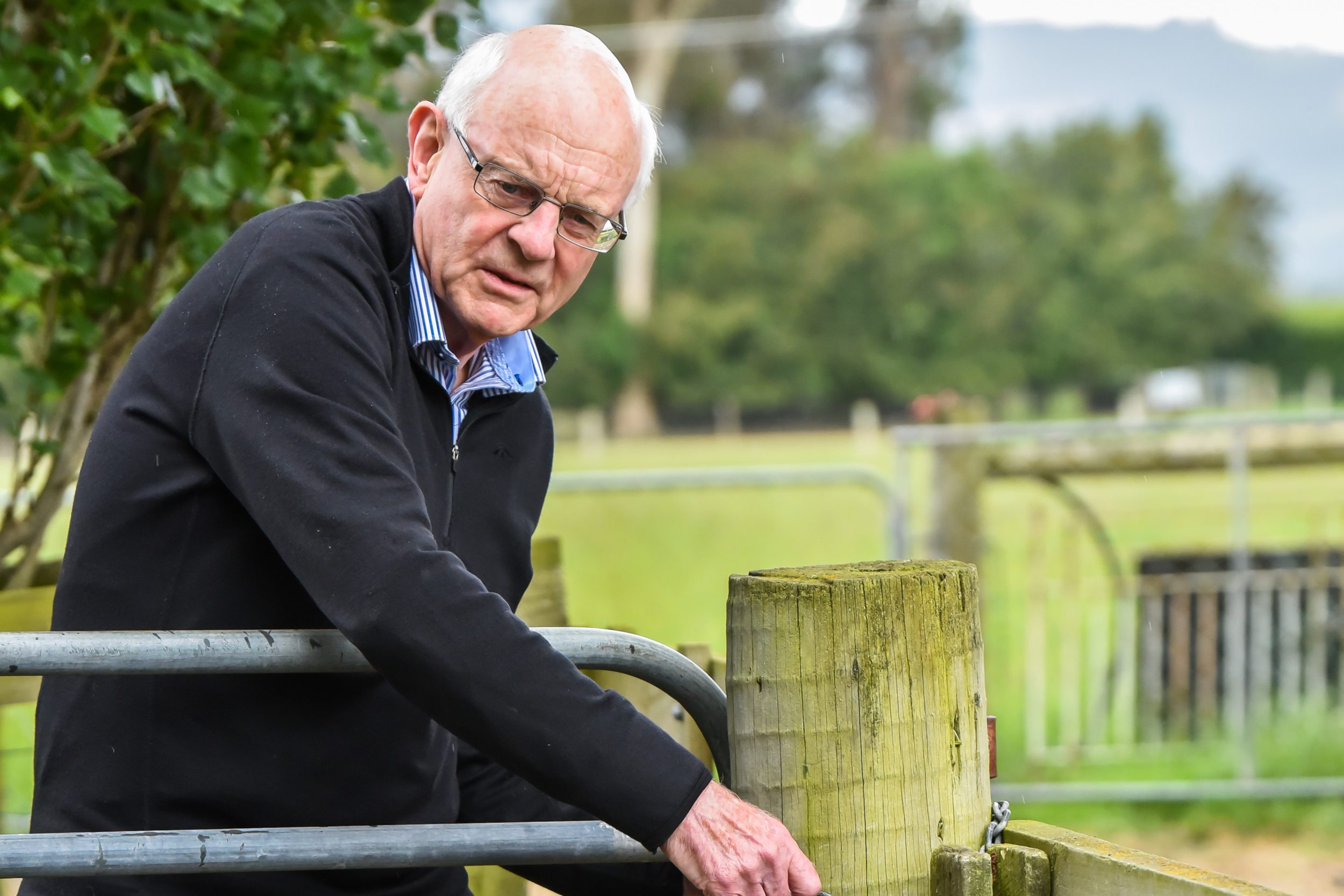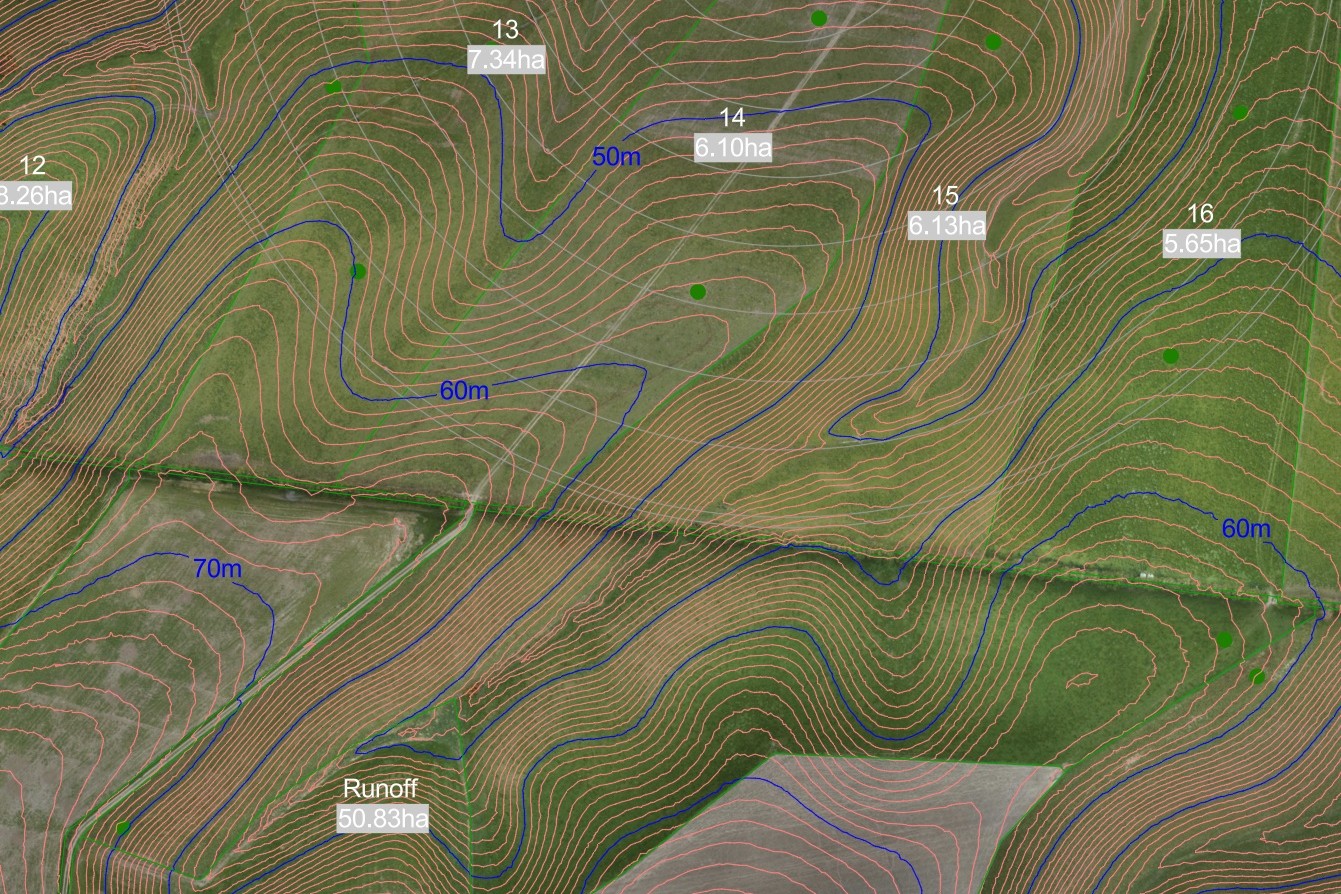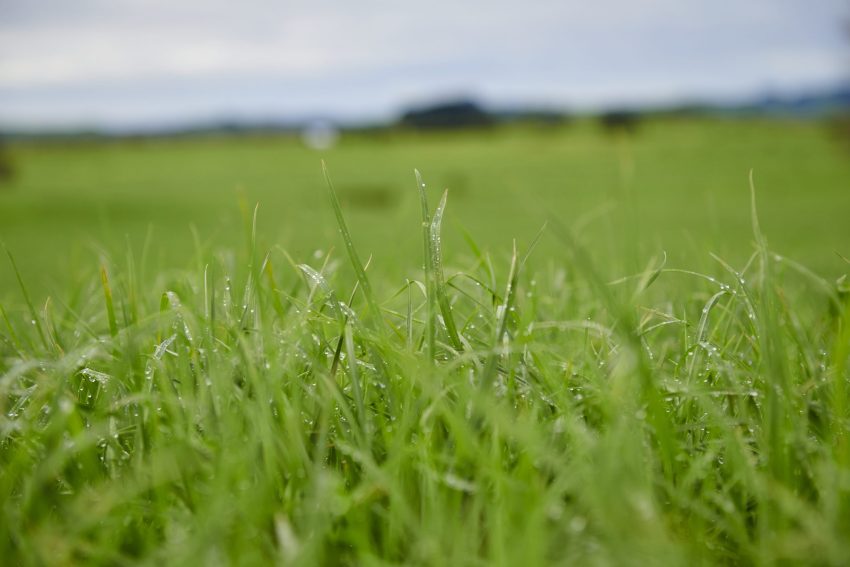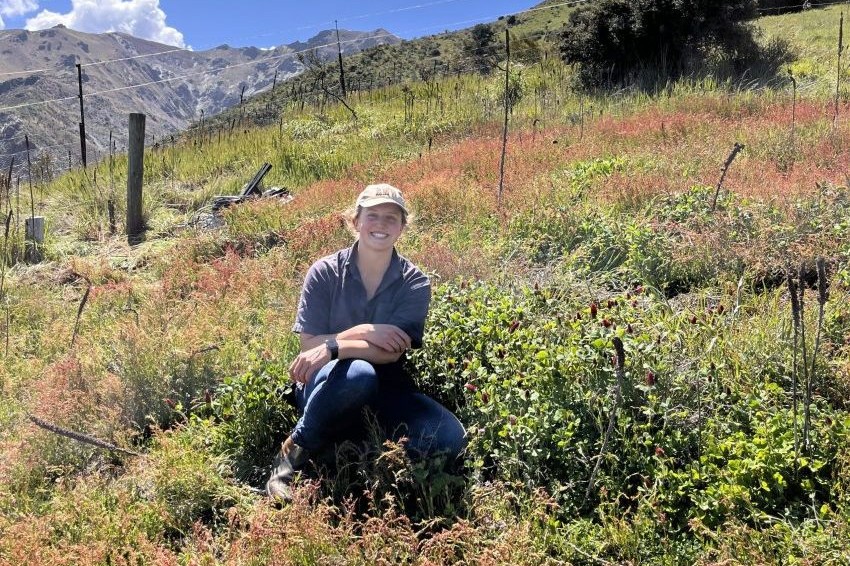Budgie breeder to scientist
Dr Peter Fennessy described himself as a curious person who always had an interest in biology, variation, evolution, genetics, and people. By Jo Cuttance.

Dr Peter Fennessy described himself as a curious person who always had an interest in biology, variation, evolution, genetics, and people. By Jo Cuttance.
Dr Peter Fennessy’s curiosity led the Dunedin-based scientist and founder of AbacusBio receiving two awards at the recent NZ Grassland Association conference. He was awarded the association’s Levy Oration and Living Legend awards for 2022.
He said he was privileged to have had two careers, one in research, which he left in 1997 to go private consulting, before forming AbacusBio in late 2000.
Looking back, Fennessy identified an extraordinary learning event during his teenage years about biological variation when he bred budgies to make some pocket money. He would put budgies in cages as pairs, noting the variation between pairs and the number of chicks they reared. One year, a pair of birds reared 13 chicks, while other pairs reared none, one or two. He said this was a huge lesson in what goes on in biological variation. It was at the heart of how he thought and did things now.
Breeding budgies was fun and selling birds paid some of the bills.
“I remember one year, it was a magnificent year for breeding, I was going to make a fortune, but the price crashed, and if I remember correctly, the price of seed doubled as well.”
This taught him that everything is always something in biology that is conspiring. Sometimes you got it right and sometimes not. During this time genetics was mostly a mystery, but he knew about dominants, recessives, and that inbreeding was bad.
As a teenager Fennessy worked on farms before heading to Lincoln College in 1966. One of his relatives in the 1960s was an early adopter of the Border-Leicester-Romney cross sheep. Fennessy recalled being impressed with their size and the number of lambs the first cross-ewes had. Another relative had a poultry farm and Fennessy’s revelation was turning on the lights in the morning and getting more eggs.
“They are things that you learn at the time, and you don’t realise how important they are until later on,” he said.
Working on a Southland farm in the late 1960s, when all-grass wintering was coming in and winter crops were going out, he noted how quickly it caught on. He watched how people saw what the neighbours were doing and then tried it themselves. Fennessy said that was where he saw systems, and he started to appreciate how systems fitted in and how they could be used.
He had a quote, a combination of what two people had said to him, which outlined what he had learned from working with animals.
“They can’t talk so we have to listen very carefully.
“I think that is an extraordinarily pertinent way of thinking about working with animals.”
Researching sheep and deer
Fennessy worked at Invermay in 1971–72, left to complete a PhD, then returned in 1975 where he worked on deer and sheep programmes.
He said the early deer research was driven by the needs of the fledgling industry. It needed practical knowledge quickly, especially nutrition, reproduction, antler growth, and health. There was an emphasis on seasonality, then later, genetics and breeding.
Fennessy found working in the deer programme interesting, in particular the feed intake of stags and how their appetites changed during the year. He said the work he and others did on feed intake and requirements was important. It had a major industry impact because in the late 1970s there was a general feeling that deer did not need much feed over winter because they did not put on any weight. What they found when they compared indoor and outdoor feeding, the feed requirements of deer kept outdoors was 50% higher than those housed indoors for maintenance. This had a huge impact: it highlighted the impact of shelter and the critical importance of having good feed available over winter. Fennessy said by working very closely with the industry he learnt a huge amount.
A deer’s ability to hybridise was also of interest, driven by the practical potential of these animals in the industry. The scientists found in the size and growth potential for Wapiti it has been hugely successful and is now a core part of the industry. However, seasonality with Pere David’s long-day breeders was a complete failure.
Fennessy learned a lot about the scale and power of biological variation and how evolution plays into a lot of what we are doing in our work with animals, plants and systems.
Closing the science-business divide
AbacusBio was founded to bridge the gap between science and business. He started to see this gap when at Invermay, then, after three years consulting on his own, thought he could do something about it, so set up AbacusBio.
He said the business had a strong technical basis with a very applied focus. From the farmer through to the processor AbacusBio worked in a variety of areas, but it was the practical applications and the value of bringing people together in a team that really thrived.
An understanding of biological processes had been incredibly valuable in terms of how the company did things, along with a diversity of thought amongst the group, Fennessy said.
AbacusBio also ran an intern programme for 10 interns a year – participants usually from a science background – to introduce them to the agri-business sector.
Fennessy said coming back to the core of the issue was always fundamental. What was needed was actionable knowledge. Ask the question: what can make a difference on the farm?
“Sometimes we get confused between data information and knowledge, so that confusion really is a problem.”
Fennessy felt there were three aspects to make things happen in the science-business space. Change required uptake and that was where genetics came in. Genetics enables, he said. It sets the limits and without that genetic capacity you are not going to get there. Management delivers; it says how much you can get. He said the two sectors must work in tandem.
What works on the farm?
There needed to be a value proposition-based approach. For Fennessy, it was using the right technology that was profitable within the farming system. It needed to be simple to understand, simple to implement, readily scalable within the business, and readily transferable between businesses.
An example of scoring a value proposition could be illustrated by farmers buying rams.
Sourcing a better ram breeder led to better rams which are more profitable. Buying better rams was simple to implement, readily scalable, a farmer could buy one, five or 10 rams. It was transferable: the person next door could see what had been done and do the same thing.
He said scoring a value proposition was a very useful way of looking at what might be successful on farm.
Fennessy felt it would be valuable to go back and look at things that might have been forgotten. When he was a student in the late 1960s there was huge interest in methane, not because of its global warming effect, but because it was seen as a massive loss of energy. It was a great foundation for understanding methane, he said.
Fennessy said there was no shortage of opportunities for scientists.
“Be curious, ask questions, read widely, think, challenge and test your ideas.”




